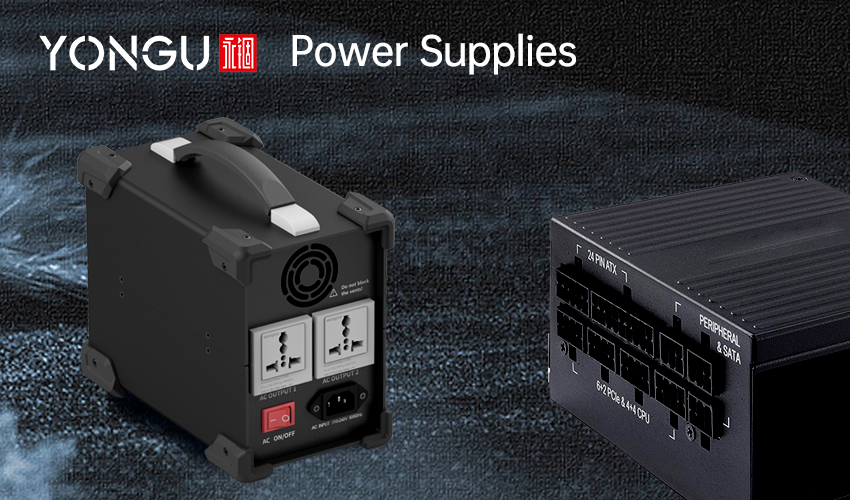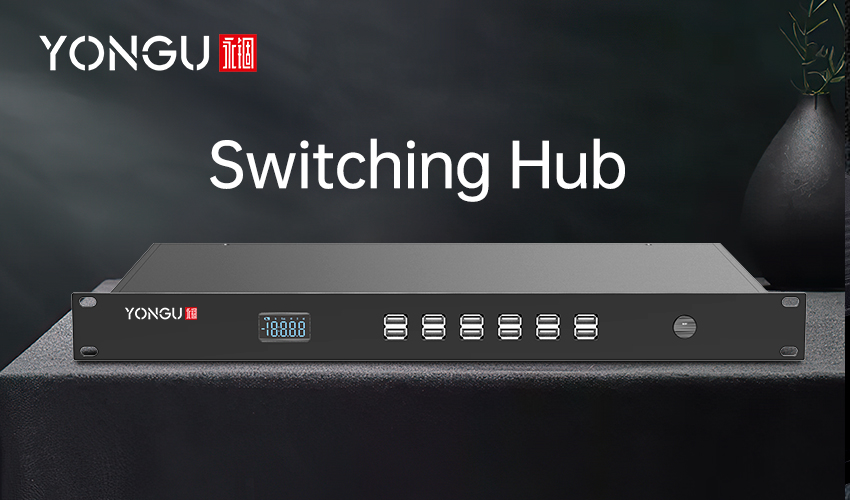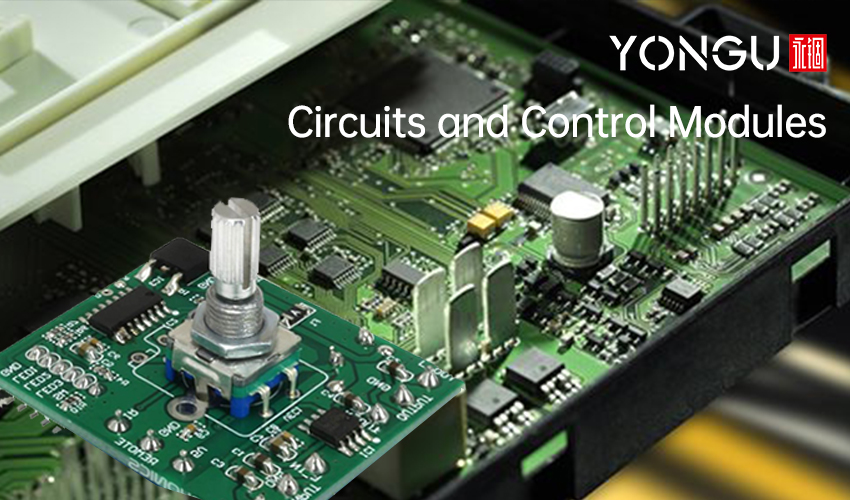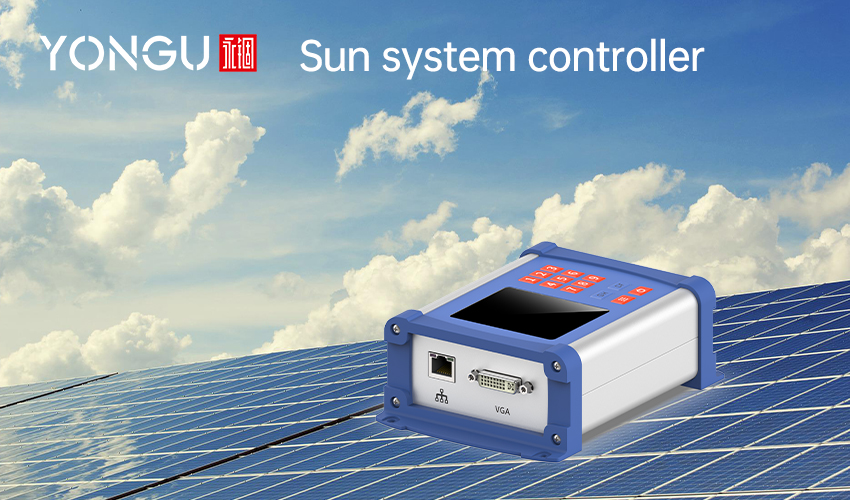The electrical control box, on the other hand, is what?
Users can operate and monitor a piece of equipment using a Control Box, a physical interface. A container housing the mechanism or device that regulates and controls anything (mainly electrical or radio waves) within a system.
An electrical control box is analogous to a human body: Our bodies have essential organs that regulate and monitor our environment. Control panels for mechanical processes are similar in that they contain crucial electrical equipment for controlling and electronically monitoring the operation. Industrial equipment and machinery require well-defined functions and systematic control to meet diverse process objectives. In manufacturing equipment, control boxes provide these roles.
STRUCTURE OF CONTROL PANELS
The construction of a control panel consists of an enclosure and numerous distinct types of electrical components. These components define and arrange the various functions carried out by the control panel. These components include:
- MCB & MCCB
Never forget that the circuit breaker's top always has electricity. The input voltage to the panel can range from 480 volts down to 120 volts or less.
- Transient Voltage Surge Suppressor (TVSS)
- Transformers
- Power Supplies

- Modular Blocks
- Programmable Logic Controller (PLC)
- Relays and Contactors
The PLC outputs will be attached to a bank of relays, which will close an internal contact, allowing electricity to be sent out to toggle on or off a device on the manufacturing line. Contactors are used to drive motors, whereas relays control devices such as lights and fans.
- Solenoid Valve
- Switching Hub

- Human Machine Interface (HMI)
CONTROL BOX DESIGN
As a result of the design process, a control panel must meet functional criteria, commercial parameters, and relevant legislation.
Enclosures and Space Requirements
The intended environment mainly determines an industrial control panel's enclosure. Installing and wiring components will require adequate room.The use of a vent or air handling units may be essential if the control box is situated in high atmospheric temperature area's. If temperature management is required, then air intakes and exhaust vents should be easily accessible so that filters may be accessed and replaced. Both the NEC and UL clearance requirements surrounding electrical wiring and heat-producing equipment must be considered.
Wire Sizing and Component Types
The following considerations must be kept in mind while designing cable sizes and choosing appropriate component types.- The wires should be sized depending on the load & circuit protection should be proportional to wire size. It is vital to select the appropriate wire size to ensure that the circuit can deliver the required load current.
- Selecting the proper components is also crucial since voltage and load current requirements might impose minimum size requirements.
Relays, timers, and terminal blocks are just a few available possibilities. Make use of the simplest feasible control components.
Control circuits control power circuit components. Control power transformers (CPTs) and power supplies convert the higher voltage of the power circuit to the lower voltage required by the controller.

Overcurrent Protection Devices
Overcurrent protection must also be taken into account during the design process. Overload protection device can be installed outside of the panel or incorporated as the principal protective device within the panel. To reduce the number of times a user has to open an enclosure, including the protective device inside the panel may or may not be beneficial.Operator Devices
Devices used by the operator might be as simple as a push button or an indicator light or as complicated as a touch-screen display with additional controls. As a result, these HMIs can be more complex, but they also need additional computing components and software development.Labelling
Inside of an industrial control panel, it is absolutely necessary to accurately identify all of the wires, ports, and other equipment. Using this method saves time and decreases the risk of making mistakes during testing, routine maintenance, and repairs.Enclosure Type
To prevent damage to the interior components, the Control Box should be resistant to extreme climates, weather changes, cleaning agents, and chemicals. You may choose aluminium, stainless steel, or plastic depending on your purpose. Enclosures will have an electrical safety grade defined by IP rating or NEMA classification that specifies if the enclosure is acceptable for hazardous situations or is dustproof or explosion-proof.
CONTROL PANEL MAINTENANCE
Keeping control boxes fully operational is another essential factor to keep in mind. Custom electrical control panel design must-have features that make maintenance easier.- Properly labelled components, wiring, and terminals are essential for proper maintenance.
- Electrical connections may be monitored to see if they are working correctly.
- Within-enclosure dust and particle control.
- Measures used to keep pests at bay.
Control boxes may be found in a wide range of everyday goods. Some examples include:
- Air - conditioning products
- Applications for medical treatment.
- Lighting.
- The use of actuators in agriculture.
- Medical.
- Catering Supplies.
- Agriculture.
- Solutions for building projects.
- Power supply options.
- Systems based on the sun.
- Automotive.

NEED FOR CUSTOM ELECTRICAL CONTROL BOXES
The system it controls will influence how a customized electrical control panel is designed. An electrical relay or PLC system with one or more PLC networks and IIoT or SCADA integrations can be used in designs. A customized panel design may be necessary if your company requires more sophisticated manufacturing processes, a need for more unified, universal control of systems, and/or a need for enhanced HMI.YONGU ELECTRIC BOX
YONGU presents electrical enclosures in three different series, including H Series, J Series & K Series.
H Series - YONGU H37 204*48*L Electronic Aluminum Enclosures
It is available in 61 different models with built-in split-type extrusion structures, including 1pc top housing, 1pc bottom housing, 1pc front panel, and rear panel. Good heat dissipation, easy to be assembled. L shape brackets for panels can be customized to wall mount
Its specific features include
- Electronic Aluminum Enclosures
- Rugged and robust for heavy-duty use
- Durable, which can be used for a long time
- Good quality aluminium material, al6063, and al5052
- Can be used for din rail
- Completely customizable in every aspect of dimension, hole drilling, screws, surface treatment, and printing.
J Series - YONGU J12 66.2*27.5*L Aluminum Box for Electronic
It is available in 44 different models of built-in one-piece structure extruded, including 1pc main enclosure, 1pc front panel, and 1pc rear panels—good heat dissipation, easy to be assembled.
Its specific features include
- Aluminum Box for Electronic
- Rugged and robust for heavy-duty use
- Durable, which can be used for a long time
- Good quality aluminum material, al6063, and al5052
- Can be used for din rail
- Customizable panel thickness from 1.5mm/2mm/3mm/5mm/8mm, etc., hole drilling, screws, surface treatment, and printing.
K Series - YONGU K15C 105*45*L Plastic Junction Box
It is available in 28 Models waterproof series, including full plastic protected plastic covers, half protected plastic covers with aluminum end panels, half protected plastic end covers, and wall-mounted flange. It can use the sticker instead of the printing.
Its specific features include
- Plastic Junction Box
- Rugged and robust for heavy-duty use
- Dustproof, which can protect your PCB from hitting
- Extruded aluminum housing and ABS protected covers
- Conductivity can be achieved by utilization of the contact between the unfinished inner surfaces
- Completely customizable in every aspect of dimension, hole drilling, screws, surface treatment, and printing
Benefits
An electrical control box from YONGU combines aluminum and plastic to provide the best possible protection for your wiring. The rated voltage for the YONGU aluminum electrical enclosures is up to 1,000 volts. Because of the potential for higher short circuit currents at the input makes installing a current-limiting protection device with a high cut-off current necessary.Weatherproof electrical control boxes are designed to keep moisture out of electrical and electronic circuits by using an innovative design. Small electrical control boxes and standard electrical pull box sizes are available in YONGU aluminum electrical enclosures, along with the necessary customization options for installation.
If the correct material and models are selected, they can deal with temperature, moisture, and humidity issues.
Standard DIN rails, mounting plates, front panels, and dividers can all be attached without any tools, thanks to the system's tool-less mounting options. Preassembly outside the enclosure is made simple by connecting the accessories to mounting brackets of varying heights and sliding them into the enclosure. The assembled modules can be inserted and removed without using any tools.
If you're looking for a way to keep your electronics safe, YONGU's electrical control box is a great option. They can be used in various industries and applications, including solar power, wind turbines, and building HVAC controls.
For further information and customized product of your requirements, please follow our FACEBOOK for more updates and informations: https://www.facebook.com/Foshan-Gof-Electronic-Machine-Co-Ltd-104706631749290
You can also contact us at +86 13326782625 or write us [email protected].



